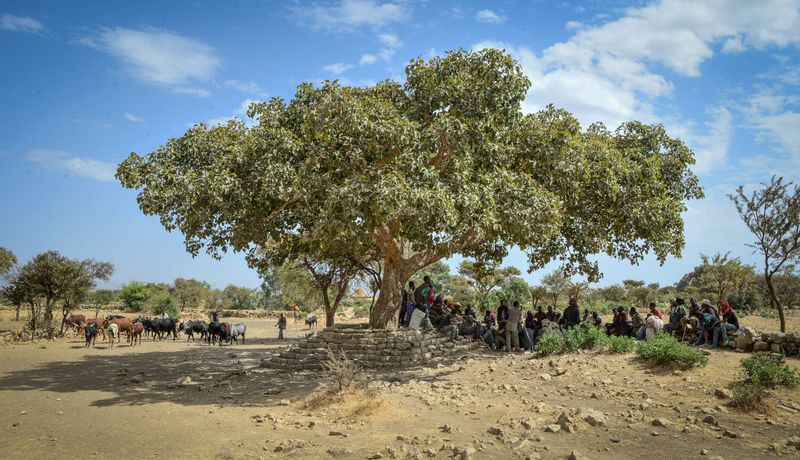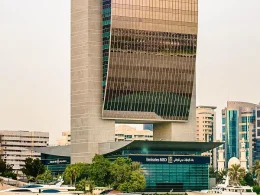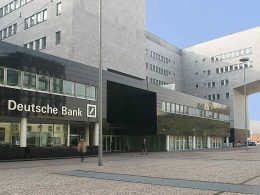Global climate finance from multilateral development banks (MDBs) rose by 10% in 2024, reaching an unprecedented US$137 billion, according to a report published today. The bulk of this support was channelled to low- and middle-income economies, underlining the institutions’ role in advancing sustainable development.
In parallel, MDBs mobilised US$134 billion in private finance for climate action – a 33% increase on the previous year. The figures are set to shape discussions at the United Nations Climate Change Conference (COP30), to be held in Belém, Brazil, in November 2025. Expanding climate finance will be a central theme at the summit, where countries are expected to build on last year’s agreement in Baku to scale up support for developing nations to at least US$1.3 trillion annually by 2035.
Gianpiero Nacci, Managing Director of Climate Strategy and Delivery at the European Bank for Reconstruction and Development (EBRD), said: “The rapid technological transformation and today’s turbulent times make climate finance more vital than ever. Tackling the climate crisis is crucial in its own right, but accelerating the shift away from fossil fuels also makes our economies more competitive while reducing geopolitical risk.”
Of the US$137 billion committed last year, US$85.1 billion was directed to low- and middle-income economies, a 14% increase on 2023 and more than double the levels seen five years ago. Around 69% of this finance went to mitigation projects such as renewable energy and clean transport, while 31% supported adaptation measures, including food and water security. MDBs also mobilised US$33 billion in private finance for climate projects in these countries.
High-income economies received US$51.5 billion in climate finance, with the overwhelming majority (90%) focused on mitigation. Mobilised private finance in these markets stood at US$101 billion.
In addition to scaling finance, MDBs are advancing a digitalisation initiative to enhance transparency and accessibility. This year’s report has been released as a summary infographic, with a new interactive web platform due in late 2025 to provide stakeholders with real-time access to climate finance data.
MDBs have pledged to provide US$120 billion annually in climate finance for low- and middle-income countries by 2030, including US$42 billion for adaptation, while mobilising a further US$65 billion from the private sector each year. For high-income economies, MDBs are targeting US$50 billion annually by the end of the decade.
The 2024 joint climate finance report was coordinated by the European Investment Bank, with input from the EBRD and other MDBs including the African Development Bank, Asian Development Bank, Inter-American Development Bank and World Bank Group.





















